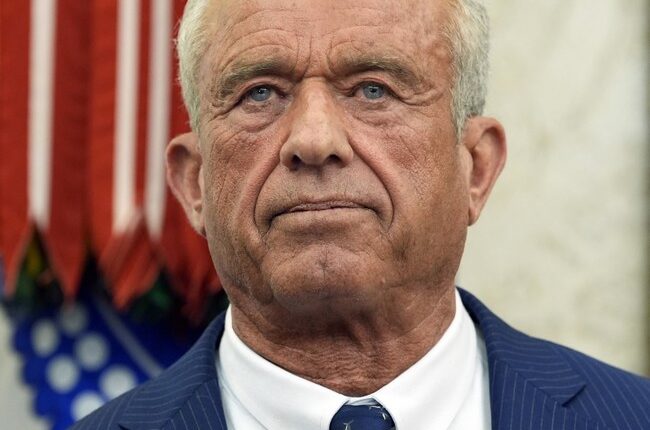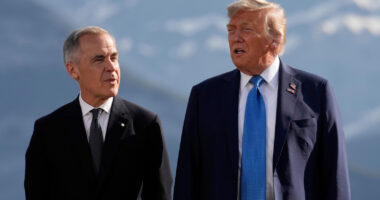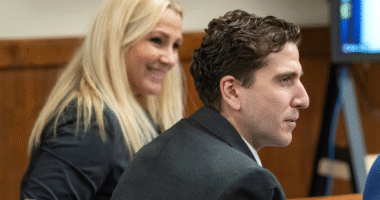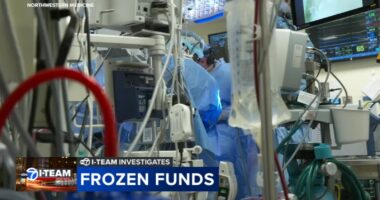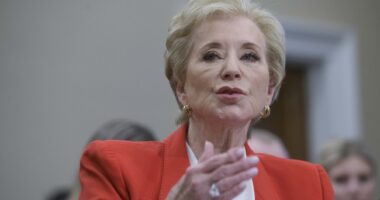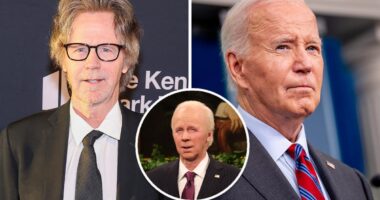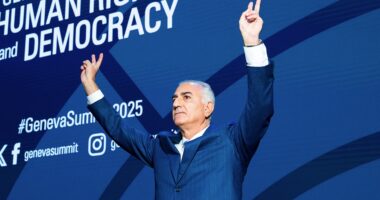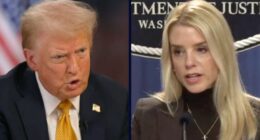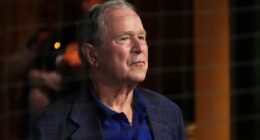
The Department of Health and Human Services (HHS) began the first phase of a planned staff reduction that will ultimately involve 10,000 employees. This morning, workers arrived to find that their key cards were deactivated, and termination notices had been sent to their email inboxes at 5 a.m.
Even senior officials were impacted by the workforce reduction. Some were put on administrative leave, while others, like Jeanne Marrazzo and Brian King, were given the option to transfer to the Indian Health Service. This required them to relocate to remote areas on Indian reservations, with a decision deadline set for 5 p.m. on Tuesday.
Robert Califf, a former FDA commissioner, noted the significant changes within the organization following the workforce reduction. He lamented the loss of experienced leaders with in-depth knowledge of product development and safety, emphasizing that the familiar landscape of the FDA has been fundamentally altered.
This reduction in force follows the resignation in lieu of dismissal of Dr. Peter Marks, the FDA’s chief vaccine regulator; see .
At the Centers for Disease Control and Prevention, entire centers were zeroed out. These include: the National Center for Chronic Disease Prevention and Health Promotion; National Center for Injury Prevention and Control; the National Center for HIV, Viral Hepatitis, STD, and TB Prevention; the Global Health Center; National Center on Birth Defects and Developmental Disabilities; and the National Center for Environmental Health. The National Center for Injury Prevention and Control’s Division of Violence Prevention was ground zero for the CDC’s long-running efforts to treat gun violence as a public health issue.
As if to underscore the point, HHS Secretary Robert F. Kennedy Jr. used the occasion of the firings to swear in his two main deputies for reforming HHS; see .
“Welcome aboard,” Mr. Kennedy said. “The revolution begins today.”
…
The restructuring is intended to bring communications and other functions directly under Mr. Kennedy, who has vowed to “make America healthy again.” It includes collapsing a number of agencies into a new division called the Administration for a Healthy America. Mr. Kennedy said last week that the department was “going to do more with less.”
Without any inside information, this is pure speculation, but it looks like the method of carrying out the reduction in force was either needlessly ruthless or HHS had an indication that if staff were given warning they would create a media-friendly incident. Sending the layoff notices at 5 a.m. and disabling key cards is not the way things are usually done.
Removing leaders en masse strips away institutional memory, experience, and expertise, he and others say. “A more reasonable approach would be to ask for resignations for those who have served more than 5 or 10 years rather than an across-the-board, build-from-scratch strategy,” says Robert Cook-Deegan, a policy expert at Arizona State University who has co-authored histories of NIH.
I would counter that these are not reasonable times at HHS. The leadership is deeply compromised both by its role during the COVID panic and by relations with industry and academia. The workforce is politically hostile to President Trump and to Kennedy, and most of it went along willingly as public health was used as a deliberate wedge to undermine civil liberties. RFK Jr. wants to take the agency in a very different direction, and he could not reasonably count on the leadership or the workforce for support. So, he had to build from scratch, and that is what he is doing.
FIGHT to get 60% off your membership.
